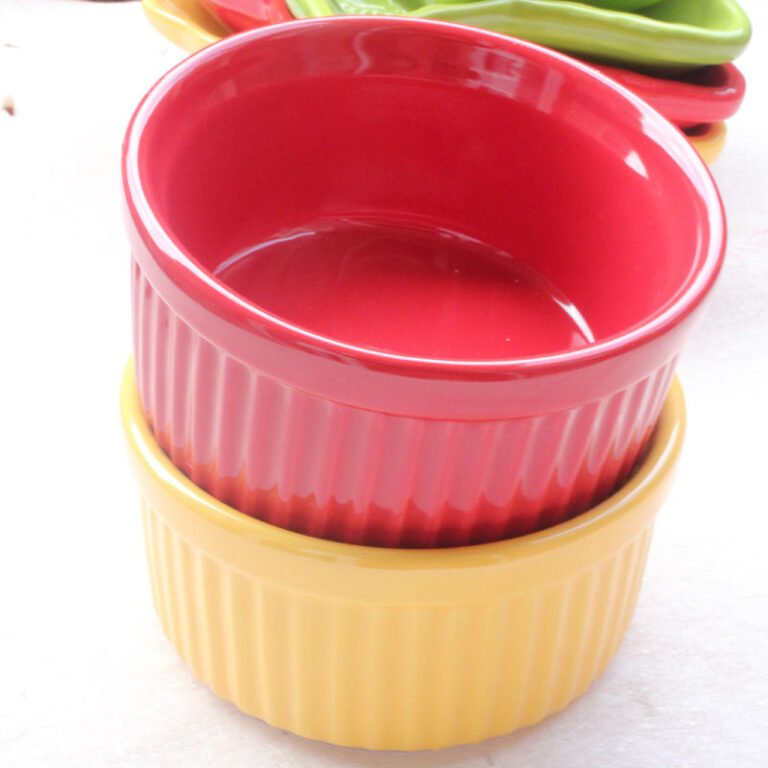Why Do Ceramics Have High Compressive Strength
Ceramics are inorganic materials that have been used for thousands of years. One of the most common uses for ceramics is in the form of pottery. Ceramics are made up of a variety of minerals, including clay, quartz, and feldspar.
The high compressive strength of ceramics makes them ideal for use in many applications where they are subject to large loads or impact forces. Compressive strength is a measure of the ability of a material to resist deformation under load.
Ceramics are a class of materials that are extremely hard and strong. They have a very high compressive strength, which is the ability to resist being crushed. This makes them ideal for applications where they will be subject to high levels of force, such as in construction or engineering.
There are many different types of ceramic, each with its own unique properties. Some common examples include porcelain, bricks, tiles and concrete. The specific composition of a ceramic can vary depending on its intended use.
For example, those used in medical implants need to be biocompatible and resistant to wear and tear. Ceramics are also used in the aerospace industry due to their light weight and high strength-to-weight ratio.
Ceramics Tensile and Compressive Properties | Material Science | Dr. Loay Al-Zube
What is the Compressive Strength of Ceramic?
Ceramic materials are extremely strong in compression. They are often used as structural support elements in buildings and bridges, where their compressive strength is much greater than their tensile strength. The compressive strength of a ceramic material is determined by the ability of the material to resist deformation under load.
The higher the compressive strength of a ceramic, the more resistant it is to being crushed or broken.
Why is Compressive Strength of Ceramics Significantly Higher Than Its Tensile Strength?
One of the most significant properties of ceramics is their high compressive strength in comparison to their tensile strength. This difference is due to the nature of the ceramic bonding mechanism, which is fundamentally different from that of metals. In metals, atoms are held together by electrostatic forces between positively and negatively charged particles.
This interatomic interaction is relatively weak, so when a metal is placed under stress, the bonds can easily break and allow the atoms to slide past each other. This explains why metals have a low compressive strength relative to their tensile strength. Ceramics, on the other hand, are held together by ionic or covalent bonds, which are much stronger than electrostatic interactions.
When a ceramic is placed under stress, it takes a much greater force to break these bonds and cause the atoms to slip past each other. As a result, ceramics have a significantly higher compressive strength than their tensile strength.
What Material Has Highest Compressive Strength?
There is no definitive answer to this question as there are a variety of materials with different properties that can boast high compressive strength. However, some of the most common materials with high compressive strength include concrete, brick, stone and metal. These materials are all incredibly dense and have a very small surface area compared to their overall volume, which gives them immense resistance to being crushed or deformed.
Why are Ceramics So Strong?
Ceramics are so strong for a variety of reasons. First, they are made up of very small particles that are tightly packed together. This gives them a very dense structure.
Second, the bonds between the particles are very strong. The particles in ceramics are held together by ionic or covalent bonds, which are much stronger than the van der Waals forces that hold other materials together. Finally, ceramics can be strengthened by adding reinforcement agents such as fibers or whiskers.
These reinforcement agents help to prevent crack propagation and make the overall material even stronger.

Credit: www.slideshare.net
Ceramic Tensile Strength
Ceramic tensile strength is a measure of a material’s ability to resist being pulled apart when placed under tension. This property is important in applications where high levels of stress are present, such as in automotive and aerospace components. Ceramics are often used in these industries because of their ability to withstand extreme temperatures and wear resistance.
The downside to using ceramics is that they are brittle and can break easily if not designed properly. When designing ceramic components, engineers must take into account the expected loads that will be placed on the component as well as the environment it will operate in.
Conclusion
Ceramics are inorganic, non-metallic materials that have been used for centuries for a variety of purposes. One of the most important properties of ceramics is their high compressive strength. This means that they can withstand very high levels of force without breaking.
This is why ceramics are often used in construction and engineering applications. There are many different reasons why ceramics have such high compressive strength, but one of the most important is the way that they are made. Ceramics are made by firing raw materials at very high temperatures.
This process creates strong bonds between the atoms in the ceramic material, which gives it its strength. Another reason for ceramic’s high compressive strength is its low density. This means that there is less chance of voids (empty spaces) forming in the material, which would weaken it.
Finally, ceramics also have a very hard surface, which helps to resist wear and tear over time.






